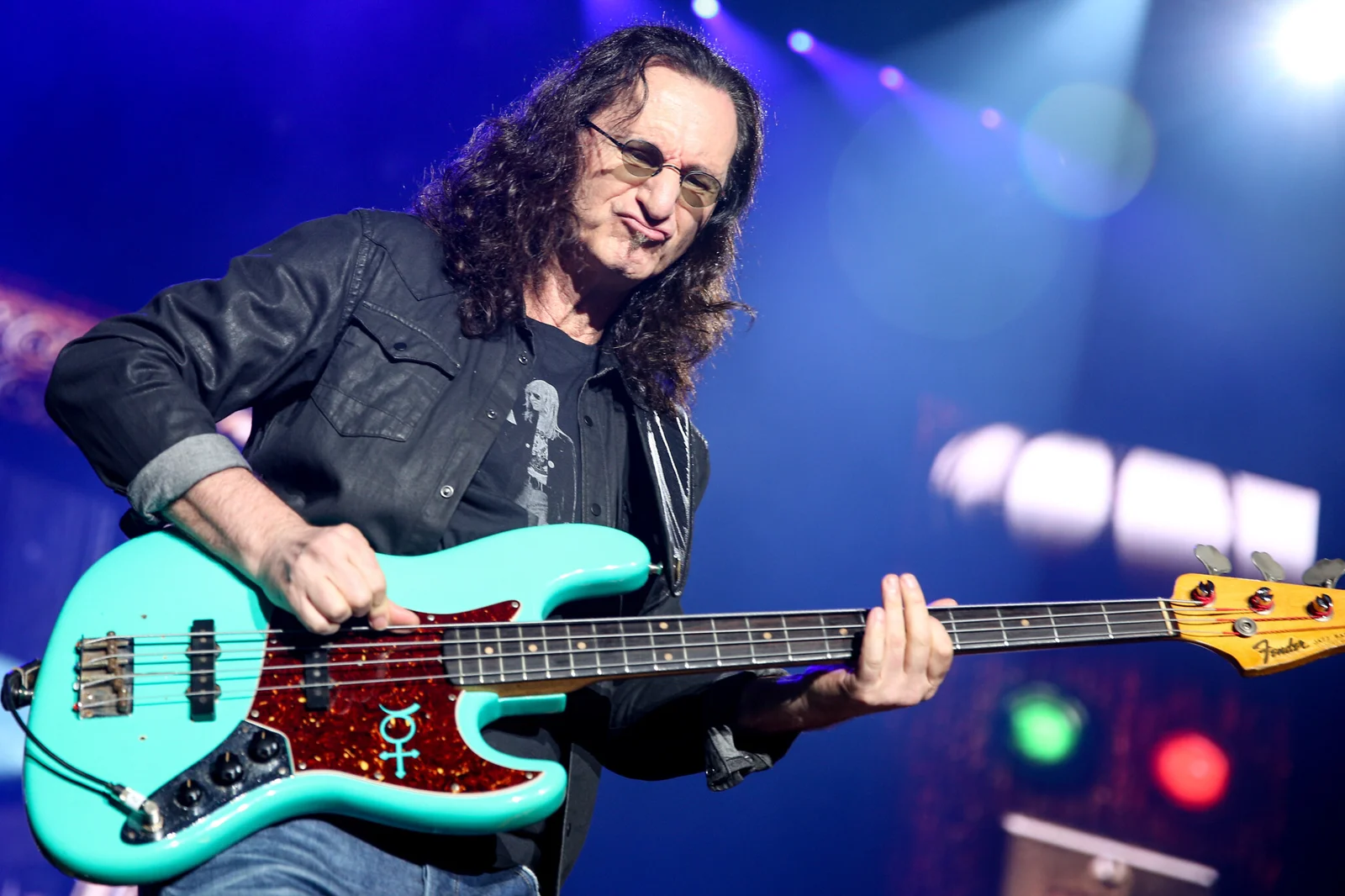Few bands inspire debate like Rush. Their blend of technical virtuosity and emotional heft turned three Canadian musicians into a global phenomenon — but not every song in their catalogue sat comfortably with the band themselves. One striking example: Geddy Lee admitted there was a Rush track he “never wanted to play” live — “The Camera Eye.”
What is “The Camera Eye”?
“The Camera Eye” is a multi-section, travel-themed epic from Moving Pictures (1981). At the time of recording it was one of the longest Rush pieces, built around two big riffs and extended instrumental passages. Its cinematic ambition and length made it stand out even among Rush’s more expansive compositions.
Why Geddy disliked it (at first)
In a candid interview, Geddy Lee said plainly, “I never wanted to play that song.” He explained that he didn’t feel the track was “particularly worthy” and was baffled by how often fans requested it — a striking moment of artist vs. audience taste. That frankness reveals the awkward position performers sometimes face: songs that mean less to the creator can still become important for listeners’ memories.
The live-return and Geddy’s change of heart
Despite his reservations, Rush did bring “The Camera Eye” back into setlists on later tours. Geddy explained that re-learning the parts and reworking the arrangement (trimming it from its original eleven-minute form to a shorter performance) allowed him to discover the piece anew — he found the chord progressions and vocal lines enjoyable to play again. In short: context and arrangement can turn a song an artist dislikes into something they can embrace.
Fans vs. the band — why the disagreement?
The friction is understandable. Fans often attach songs to personal memories and to particular eras of a band’s output. A sprawling, evocative track like “The Camera Eye” can function as an emotional anchor for listeners even if the performers themselves judge its musical merits differently. Media retrospectives and fan forums echo this split: while some Rush members later called other tracks their least favorites (songs like “Tai Shan” have been singled out in band discussions), “The Camera Eye” remains one of the more frequently requested epics at live shows.
What this says about Rush and longevity
Rush’s willingness to revisit and rework songs highlights why their catalogue has endured. It isn’t about a single definitive opinion from the band; it’s about evolution. Playing a difficult or “pretentious” song again with fresh ears, new gear, or a revised arrangement can change how band members feel about it — and, in turn, how audiences experience it. Geddy’s reversal from “I never wanted to play that song” to enjoying a reimagined version is a case in point.
Quick takeaway for fans and newcomers
If you’re new to Rush, don’t let a band member’s candid critique keep you from forming your own opinion. Songs like “The Camera Eye” may divide creators and audiences, but they also demonstrate the emotional reach of music: a track one artist finds pretentious can be the exact song someone else needed at a certain moment. That tension is part of what made Rush interesting for decades.


I’m so surprised by this because I always felt like the Cameras eye was a solid “all Rush” song. Great to know but I’m with the audience/fans on this one. I think it’s great!
The Camera Eye is one of my favorite songs!